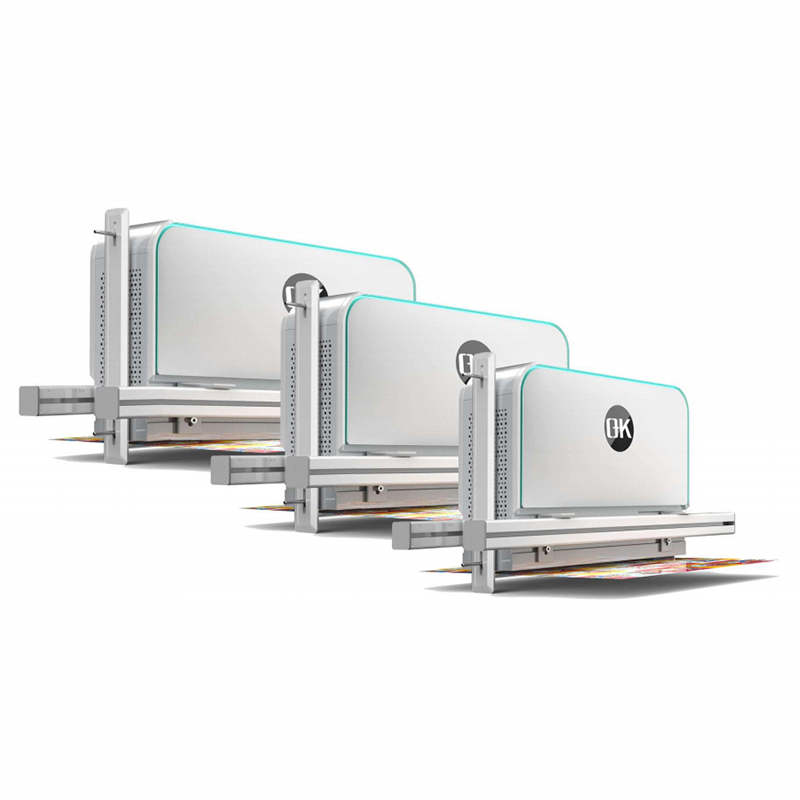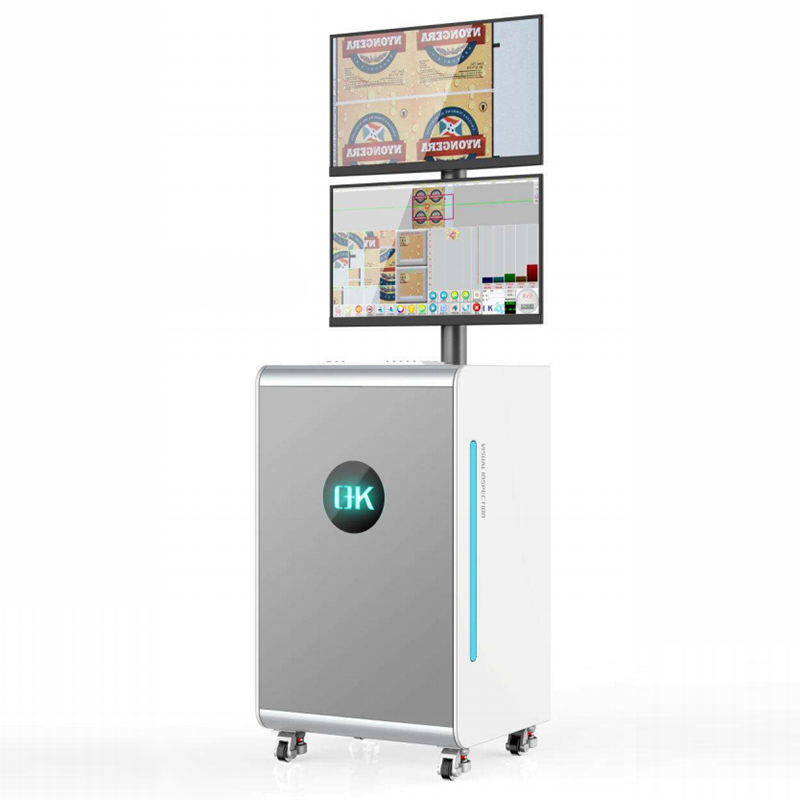How Automated Printing Inspection Systems are Transforming Print Quality
In today's printing industry, maintaining consistent print quality is paramount for meeting customer expectations and adhering to regulatory standards. A significant advancement in achieving this consistency comes from Automated Printing Quality Inspection Systems, revolutionizing the way print quality is monitored and ensured. This article explores the components, benefits, applications, and latest advancements of Automated Printing Quality Inspection System, underscoring their pivotal role in modern printing practices.

Evolution of Automated Printing Quality Inspection Systems
Traditionally, print quality inspection relied heavily on manual techniques, prone to errors and time-consuming processes. However, the evolution of technology paved the way for Automated Printing Quality Inspection Systems, enabling real-time monitoring, analysis, and rectification of print issues.
How Automated Printing Quality Inspection Systems Work
Utilizing sensors, cameras, and sophisticated algorithms, Automated Printing Quality Inspection Systems scrutinize printed materials for defects like misprints, color discrepancies, streaks, and registration errors with exceptional precision.

Advancements and Trends
Integration of Artificial Intelligence (AI) and Machine Learning (ML): AI and ML algorithms are reshaping automated inspection systems, empowering them to analyze vast amounts of data, anticipate issues, and adjust to changing printing conditions, thereby enhancing accuracy and efficiency.
Real-Time Defect Classification and Correction: Modern systems classify defects promptly, enabling immediate corrective actions. By adjusting printing settings on the fly, such as ink levels and registration, these systems minimize waste and ensure uniform print quality.
Multi-Modal Inspection Capabilities: To cater to diverse printing requirements, systems now incorporate multi-modal inspection capabilities, utilizing various imaging technologies for comprehensive defect detection across different materials and substrates.
Enhanced Color Management and Calibration: Automated inspection systems offer advanced color management features, ensuring precise color reproduction across different substrates. They detect color variations, match predefined standards, and adjust color profiles in real-time.
Cloud-Based Solutions for Remote Monitoring and Analytics: Cloud-based systems enable remote monitoring, data storage, and analytics, facilitating real-time access to inspection results and insights into production performance from anywhere.
Integration with Industry 4.0 Technologies: Automated inspection systems are increasingly integrated with Industry 4.0 technologies like IoT and robotics, enabling seamless data exchange and predictive maintenance for optimized production processes.
Conclusion
Automated Printing Quality Inspection Systems represent a significant innovation in the printing industry, offering unparalleled precision, efficiency, and control. As technology continues to advance, these systems will be instrumental in driving innovation and maintaining consistent quality across diverse printing applications. Embracing automated inspection technology isn't just advantageous—it's imperative for printers striving to thrive in today's competitive landscape.
- Art
- Causes
- Crafts
- Dance
- Drinks
- Film
- Fitness
- Food
- Giochi
- Gardening
- Health
- Home
- Literature
- Musica
- Networking
- Altre informazioni
- Party
- Religion
- Shopping
- Sports
- Theater
- Wellness


